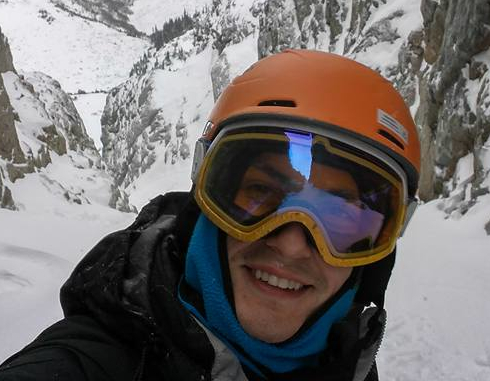
Tip of the Week - Control your breathing, control your pace

By Avi Kleiman
Control your breathing, control your pace
The most amazing journey will begin with a single step. However, as one step turns in to 10, turns in to 1000, turns in to 100,000 steps; it can become increasingly difficult to take just one more step. The key to continuously making that next step is by setting and maintaining a pace that you can keep up all day long.
It’s all about the rhythm
Maintaining a pace is all about keeping a rhythm in every motion from shifting your weight left to right, to lifting your knee, to sliding your ski forward, to turning your shoulders, to moving your ski pole, to breathing in and out. Its a whole orchestra of micro-motions that are put in to each and every step you take. While hiking, people tend to focus on the main act of moving one foot in front of the other, but an easier and more effective method is to focus on your breathing.
Inhale, then exhale
Your breathing should be in line with the rest of your body’s motions while hiking up a mountain. When you are on a relatively easy incline, you should take two steps for every breath in and out. It’s effective to pick a constant inflection point for your breathing such as “when I push on my right foot – inhale; when I push on my right foot again – exhale“. When taking on a more aggressive incline, then you will want to switch to one breath per step; again keeping a constant point such as “when I push on my right foot – inhale; when I push on my left foot – exhale”.
By keeping your breathing on pace with your steps, you may find it much easier to take that next step. It can be a daunting task to lift that sore leg up one more time, but it is not so hard to tell yourself “inhale, then exhale, then inhale, then…“.
Control your circulatory systems
Breathing is not only a necessary act to take in oxygen, it is also a deciding factor in keeping your heart rate in check. The harder we exert ourselves, the shorter our breathing and the faster our heart rate will get. If the goal is to keep up a pace for hours and hours on end, then it makes sense to not over-exert, keep long deep breaths, and maintain a steady heart rate.
When you are hiking up a mountain you use up a lot of energy and the muscles in your legs will require more oxygen supply to keep going. This oxygen is supplied from your red blood cells, which receives the load from your lungs, which take it in from the act of breathing. So, by controlling your breathing you are not only setting a pace, but also controlling your body’s ability to keep moving.
Next time you head in to the mountains, don’t overwhelm yourself with the distance to cover, the elevation to gain, or even the next step you have to take. Instead, just take it one breath at a time.
Stay safe, stay Savvy, and get out there!
Avi Kleiman
Founder, Savvy Touring Company Ltd.
For Life in the Backcountry
